Throughout history, political protests have acted as catalysts for monumental change, sparking movements that have reshaped societies. From the iconic Boston Tea Party to the recent Arab Spring, each controversial protest will leave you marveling at the power of collective action.
The Boston Tea Party
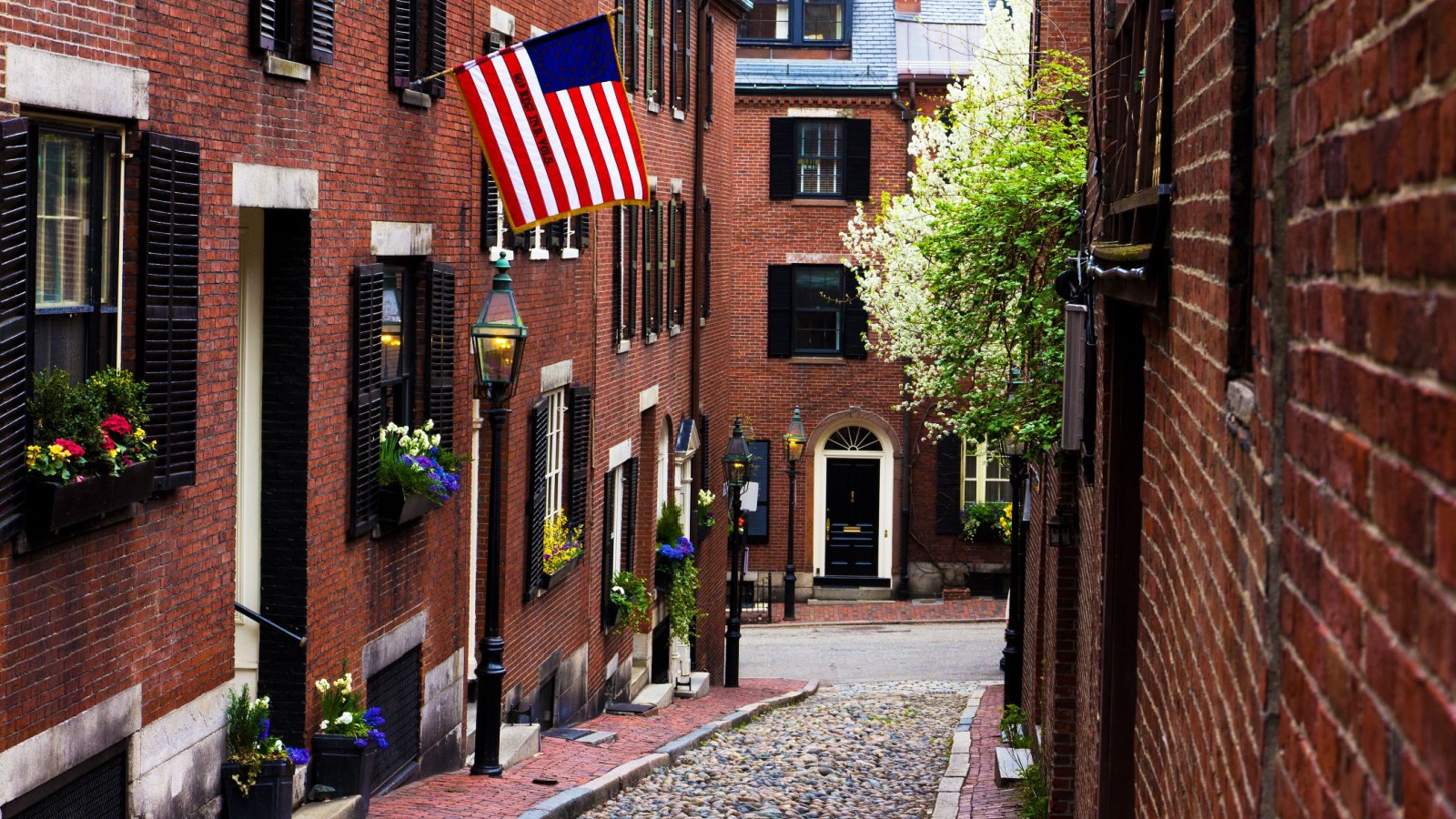
In 1773, American colonists, frustrated by British taxation without representation, executed the Boston Tea Party. Disguised as Native Americans, they boarded British ships and dumped 342 chests of tea into Boston Harbor. This act symbolized resistance against British oppression. The Boston Tea Party was a bold statement that ignited the flames of American independence.
Tiananmen Square Protests

In 1989, Beijing’s Tiananmen Square became the epicenter of a pro-democracy movement. Thousands of Chinese students and workers gathered, demanding political reform and freedom of speech. The Chinese government’s brutal crackdown shocked the world. These protests remain a testament to the enduring human spirit’s quest for freedom.
The Salt March

In 1930, Mahatma Gandhi led the Salt March in colonial India, a nonviolent protest against the British salt tax. Marching 240 miles to the sea, Gandhi and his followers made their own salt, defying British laws. This act of civil disobedience played a crucial role in India’s independence movement. “Gandhi’s Salt March was a masterstroke of political symbolism,” said a notable historian.
The Stonewall Riots

In 1969, a police raid at the Stonewall Inn, a gay bar in New York City, sparked a series of riots. These riots marked the beginning of the LGBT rights movement in the United States. The community’s fight against police brutality and societal oppression was a pivotal moment. Stonewall is now synonymous with the struggle for LGBT equality.
The Fall of the Berlin Wall

In 1989, the fall of the Berlin Wall represented the end of the Cold War and a victory for freedom over oppression. East and West Germans came together, tearing down the physical and ideological barrier. This event signified the power of collective action and the desire for unity. “The Wall’s fall was a moment of pure joy and hope for a better world,” reflects a history buff in an online forum.
The Arab Spring
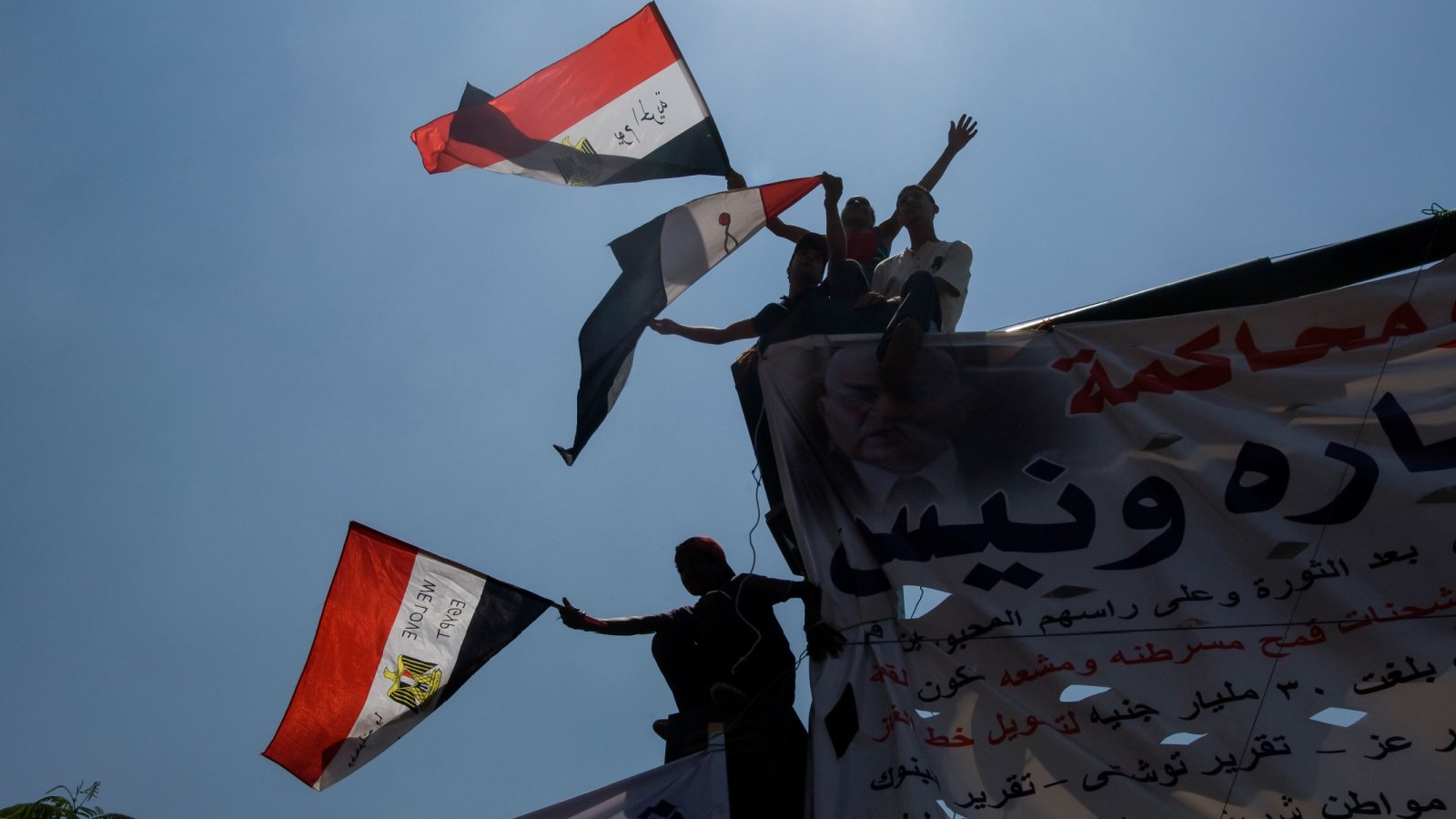
Beginning in 2010, the Arab Spring saw a wave of protests and uprisings across the Middle East and North Africa. Citizens demanded an end to authoritarian regimes, corruption, and economic woes. The movement led to significant political changes in several countries. The Arab Spring highlighted the power of the people in the face of tyranny.
Occupy Wall Street
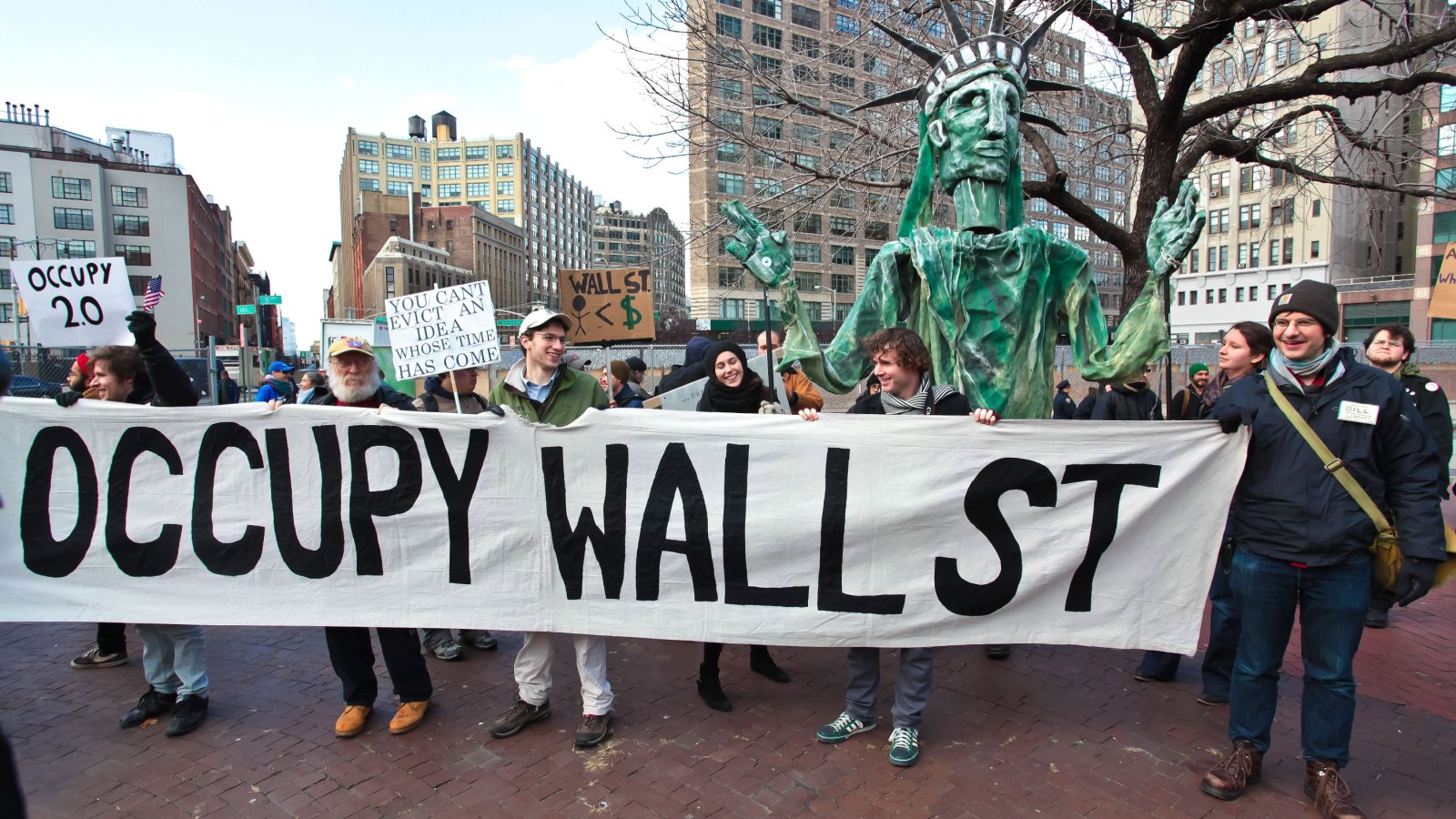
In 2011, Occupy Wall Street emerged in New York City, criticizing the vast economic inequality and influence of corporations in politics. Protesters occupied Zuccotti Park, coining the phrase “We are the 99%.” The movement spread globally, reshaping political discourse. “Occupy showed the world the face of American discontent,” says financial analyst M. Roberts.
The Velvet Revolution
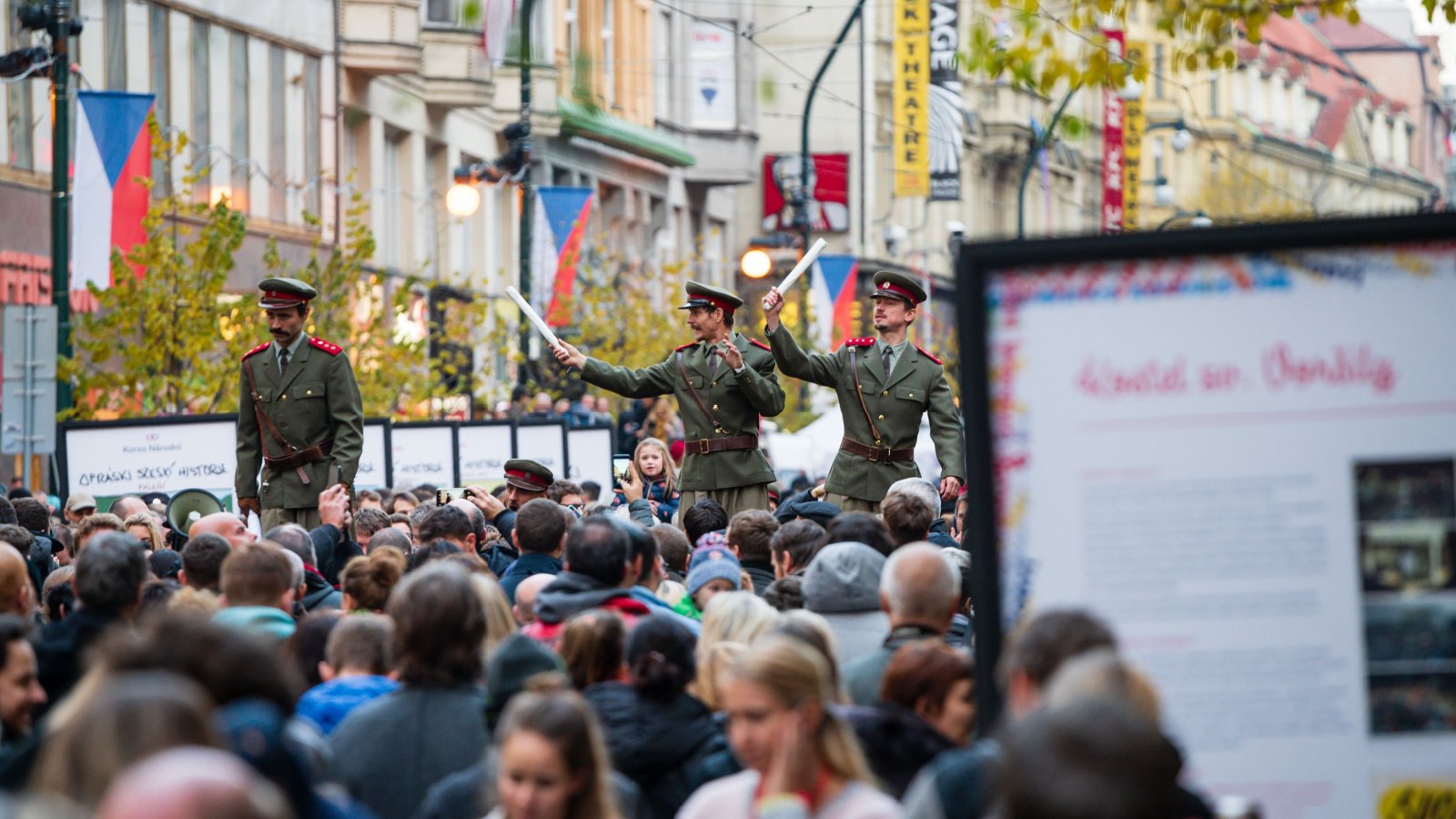
In 1989, Czechoslovakia’s Velvet Revolution saw a series of peaceful protests that led to the overthrow of the communist regime. Led by students and intellectuals, the movement brought about democratic reforms and the election of Vaclav Havel as president. This revolution is a powerful example of peaceful change. The Velvet Revolution remains a beacon of hope for nonviolent resistance.
The Yellow Vests Movement
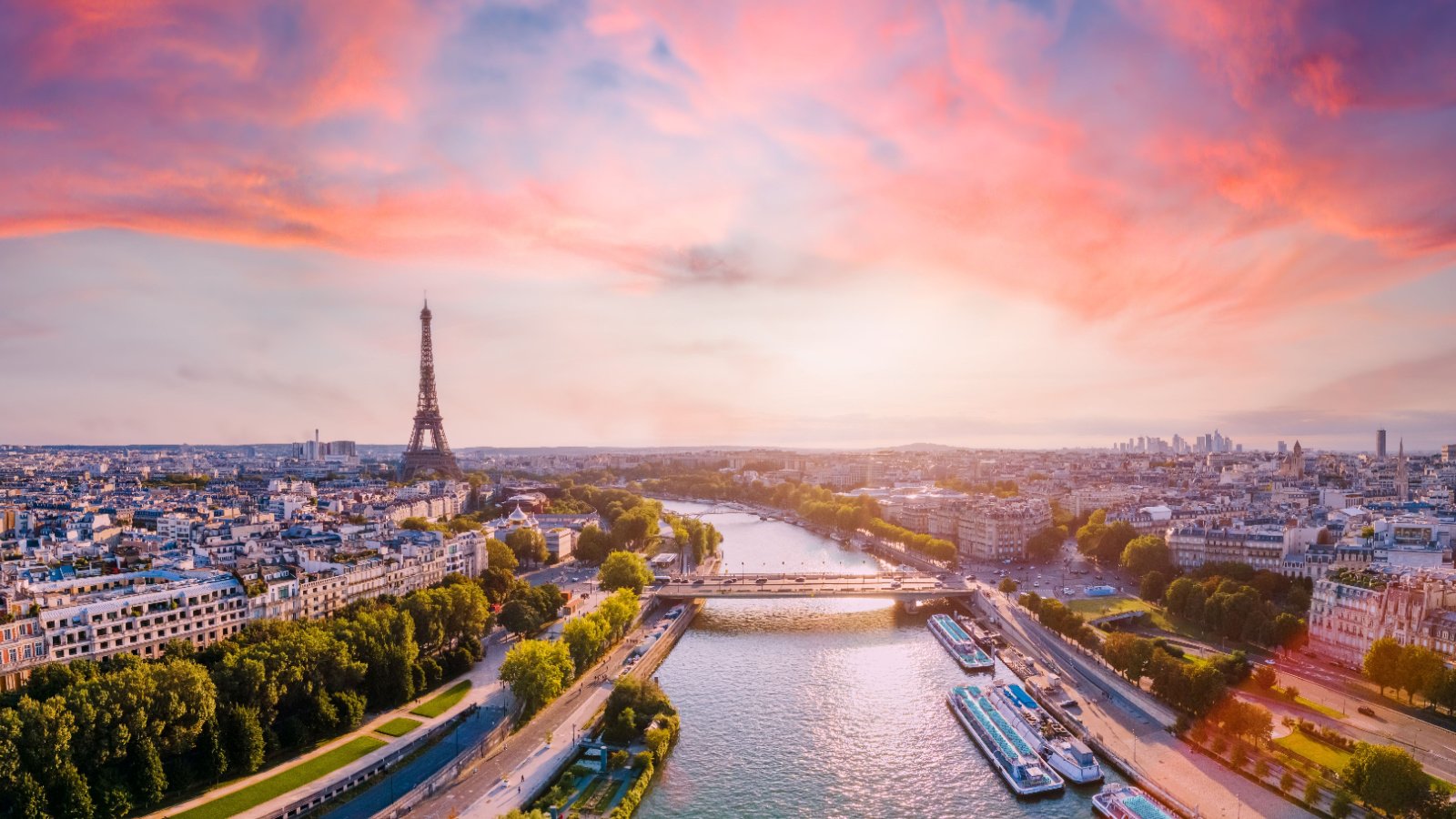
In 2018, France’s Yellow Vests movement began as a response to fuel tax increases but quickly evolved into a broader protest against economic inequality and President Macron’s policies. The movement, characterized by protestors wearing yellow vests, spread rapidly across France. The intensity of the protests led to significant policy changes. The Yellow Vests movement is a stark reminder of the power of grassroots mobilization.
The Montgomery Bus Boycott

In 1955, the Montgomery Bus Boycott began when Rosa Parks refused to give up her seat to a white man. This act of defiance sparked a year-long boycott of Montgomery buses by the African American community. The boycott led to a Supreme Court ruling that segregated buses were unconstitutional. “Rosa Parks’ courage changed the course of American history,” comments a historian online.
The Anti-Apartheid Movement in South Africa
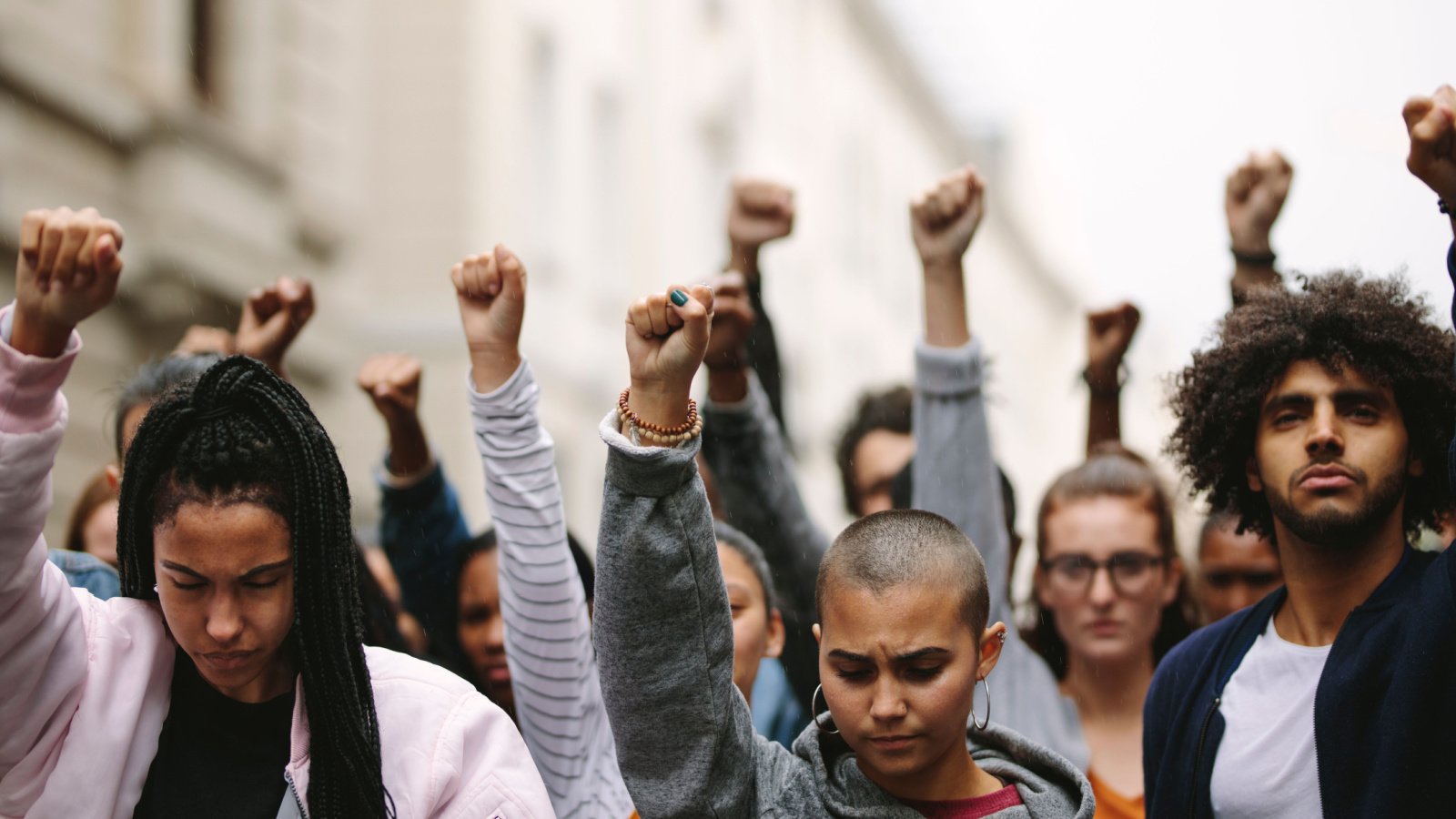
In the late 20th century, South Africa’s anti-apartheid movement fought to end racial segregation and discrimination. Led by figures like Nelson Mandela, the movement gained international support. Protests, strikes, and global pressure eventually led to the dismantling of apartheid. The anti-apartheid movement stands as a powerful symbol of resistance against racial injustice.
The Women’s March
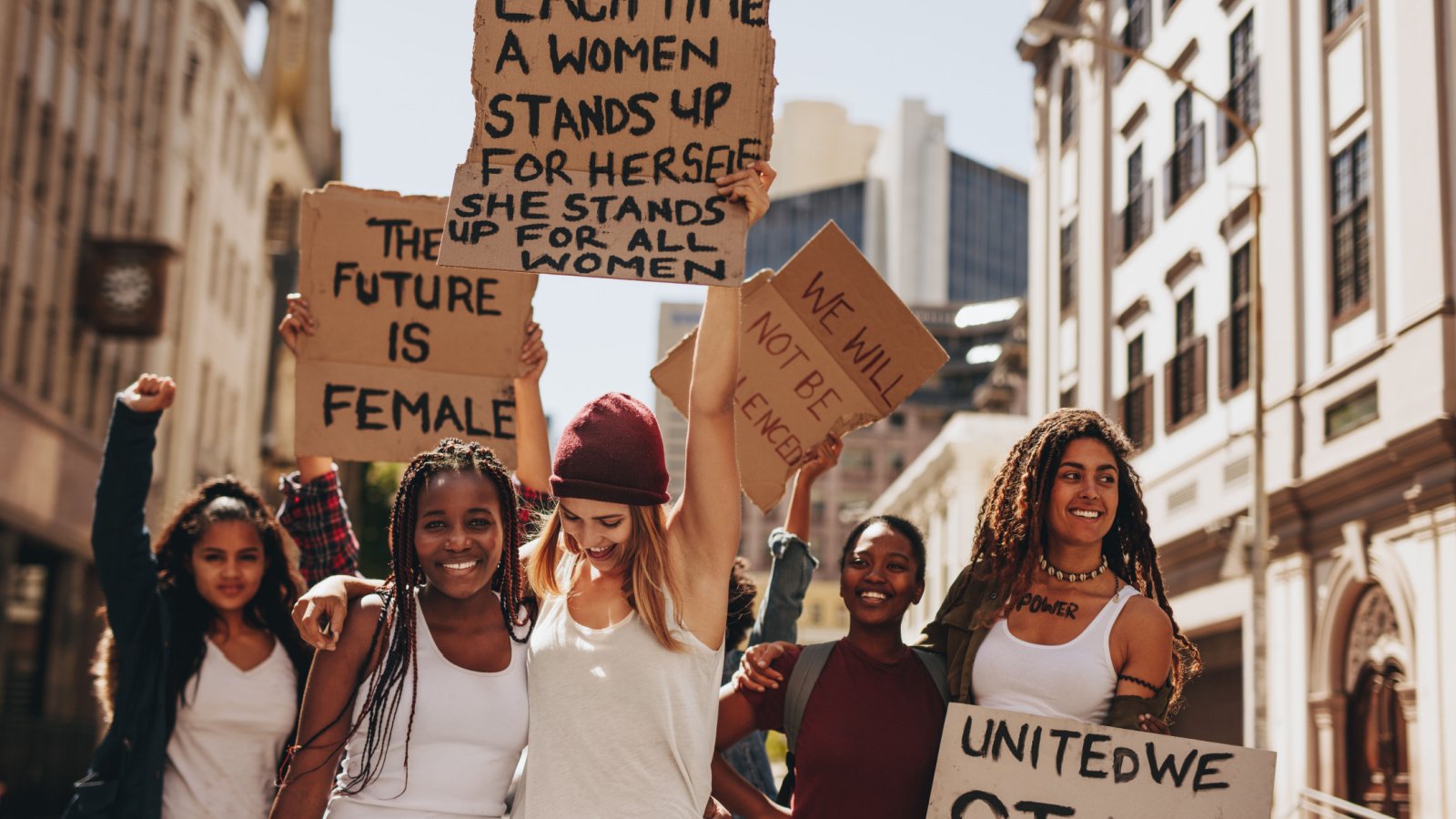
In 2017, the day after President Trump’s inauguration, millions of people worldwide participated in the Women’s March. The march advocated for women’s rights, immigration reform, healthcare reform, and other issues. It was one of the largest single-day protests in U.S. history. “The Women’s March showed the world the strength and unity of women,” says activist L. Thompson.
The March for Our Lives
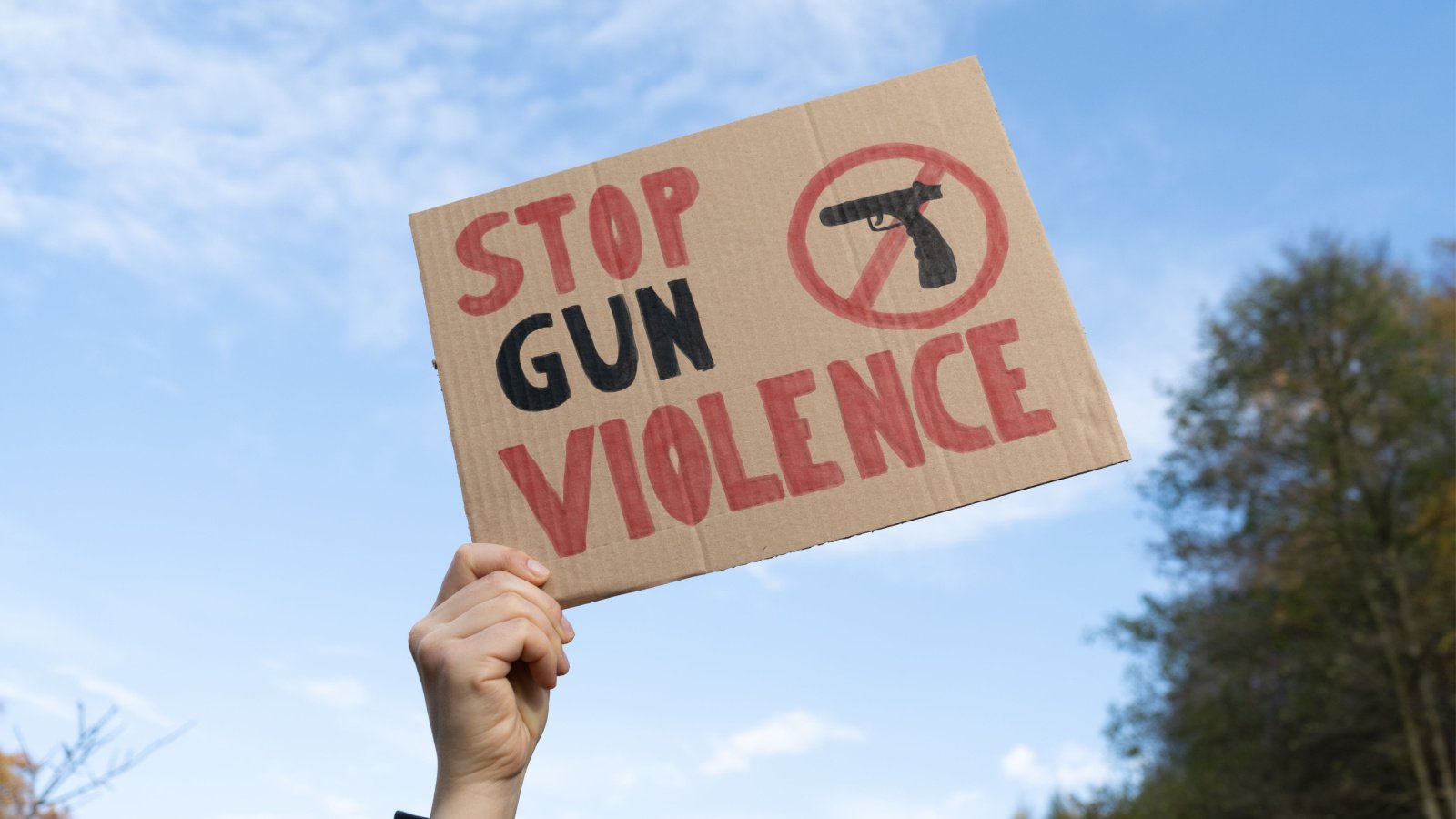
In 2018, following the Parkland school shooting, students organized the March for Our Lives. They demanded stricter gun control laws to prevent future tragedies. The march drew hundreds of thousands of participants in the U.S. and around the world. The youth-led movement highlighted the urgency of addressing gun violence.
The Umbrella Revolution in Hong Kong
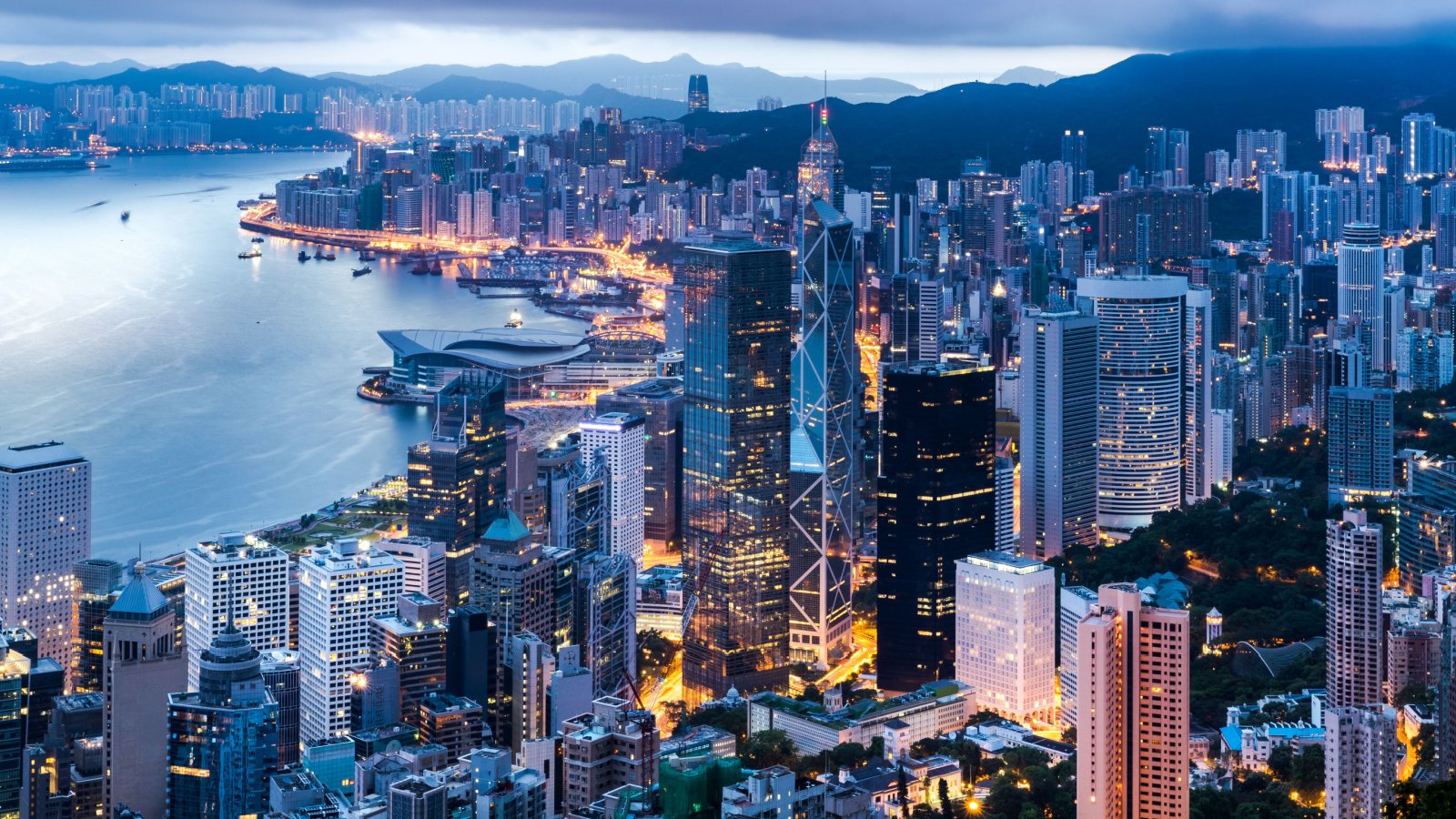
In 2014, the Umbrella Revolution saw thousands of Hong Kong residents protesting against the Chinese government’s restrictions on electoral reforms. Protesters used umbrellas to protect themselves from tear gas, becoming a symbol of the movement. The protests drew global attention to Hong Kong’s fight for democracy. The Umbrella Revolution underscores the struggle for political freedom in the face of authoritarianism.
The Standing Rock Protests
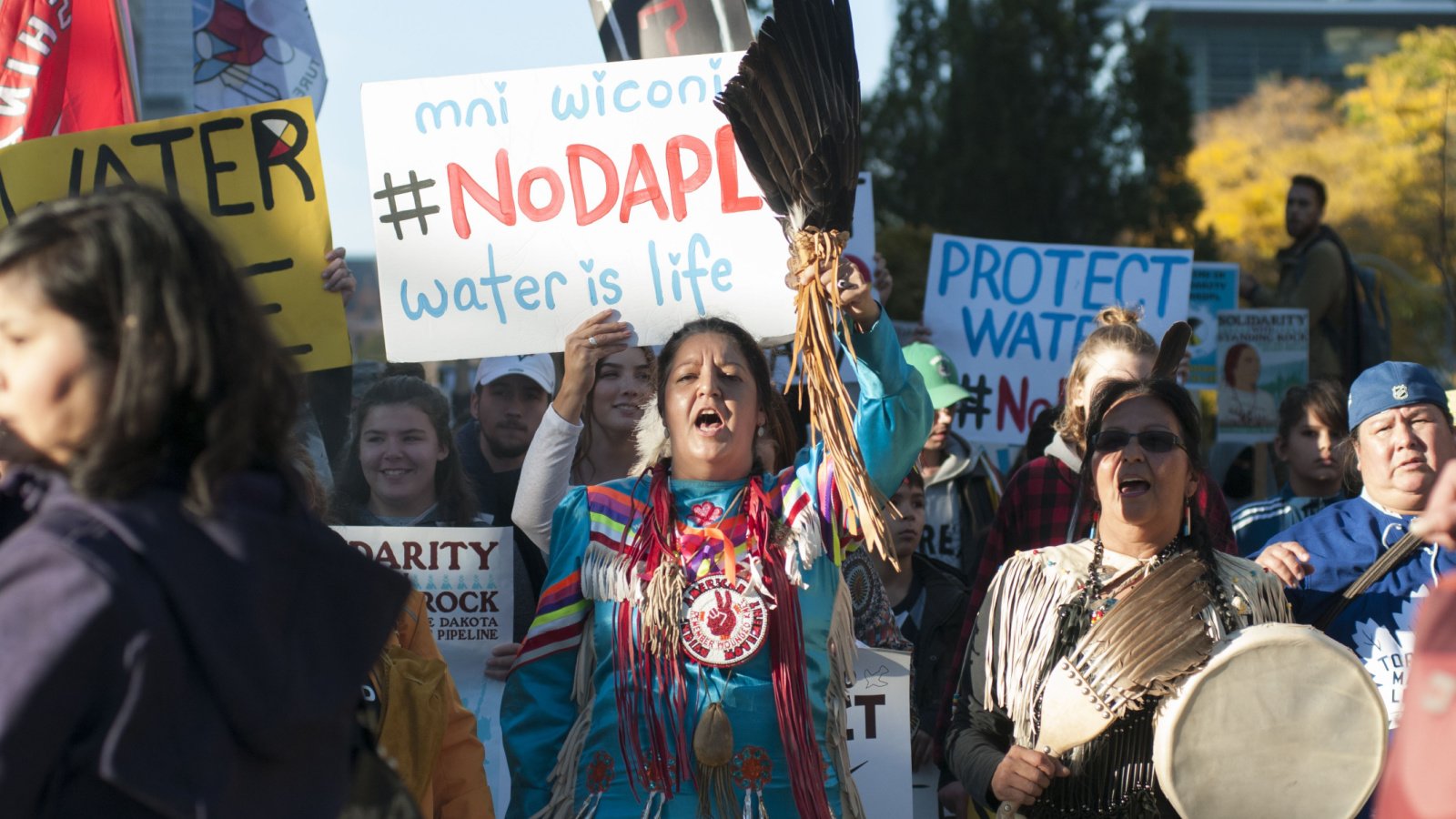
In 2016, the Standing Rock Sioux Tribe led protests against the construction of the Dakota Access Pipeline, citing threats to water sources and sacred lands. Thousands joined the protests, attracting international attention. The movement highlighted the importance of Indigenous rights and environmental protection. “Standing Rock was a pivotal moment for Indigenous activism,” observes environmentalist K. Whitehorse.
The Million Man March
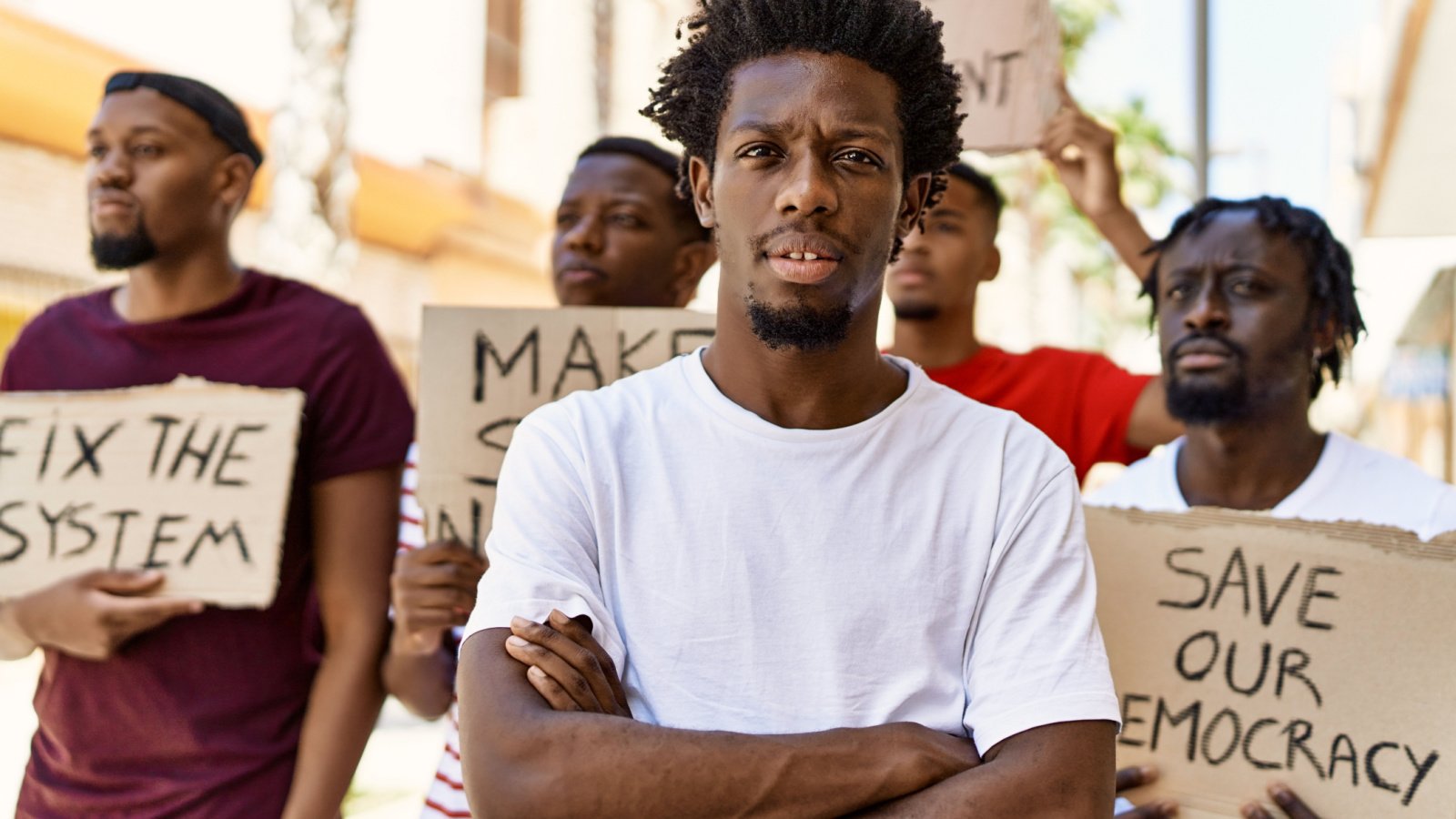
In 1995, the Million Man March in Washington, D.C., aimed to bring African American men together to promote unity, economic empowerment, and community service. The march drew an estimated 800,000 participants. It was a significant moment in the history of African American civil rights activism. The Million Man March remains a symbol of the power of peaceful assembly.
The Solidarity Movement in Poland

In the 1980s, Poland’s Solidarity movement, led by Lech Walesa, was a social movement against communist rule. It began as a labor strike at the Gdansk Shipyard and evolved into a broader anti-communist movement. Solidarity played a key role in the eventual fall of communism in Poland. The movement is a testament to the power of collective action in the face of oppression.
The Anti-Nuclear Movement
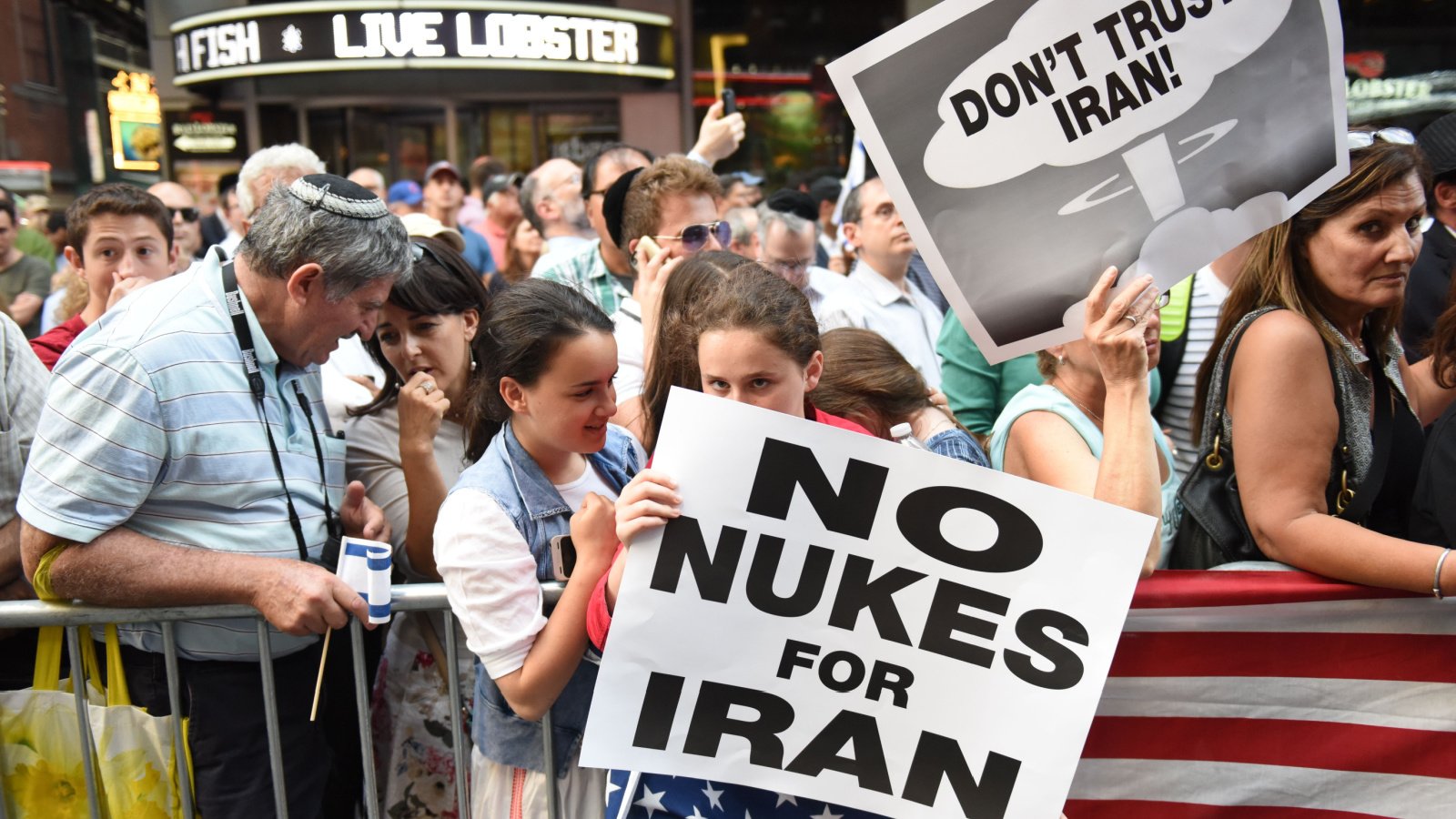
The anti-nuclear movement, prominent in the 1980s, was a global protest against nuclear weapons and nuclear power plants. This movement saw large-scale demonstrations and marches, especially in Europe and the United States. The Chernobyl disaster in 1986 intensified the calls for nuclear disarmament. “The anti-nuclear movement was a wake-up call to the dangers of nuclear energy,” states a professor of physics.
The French Revolution
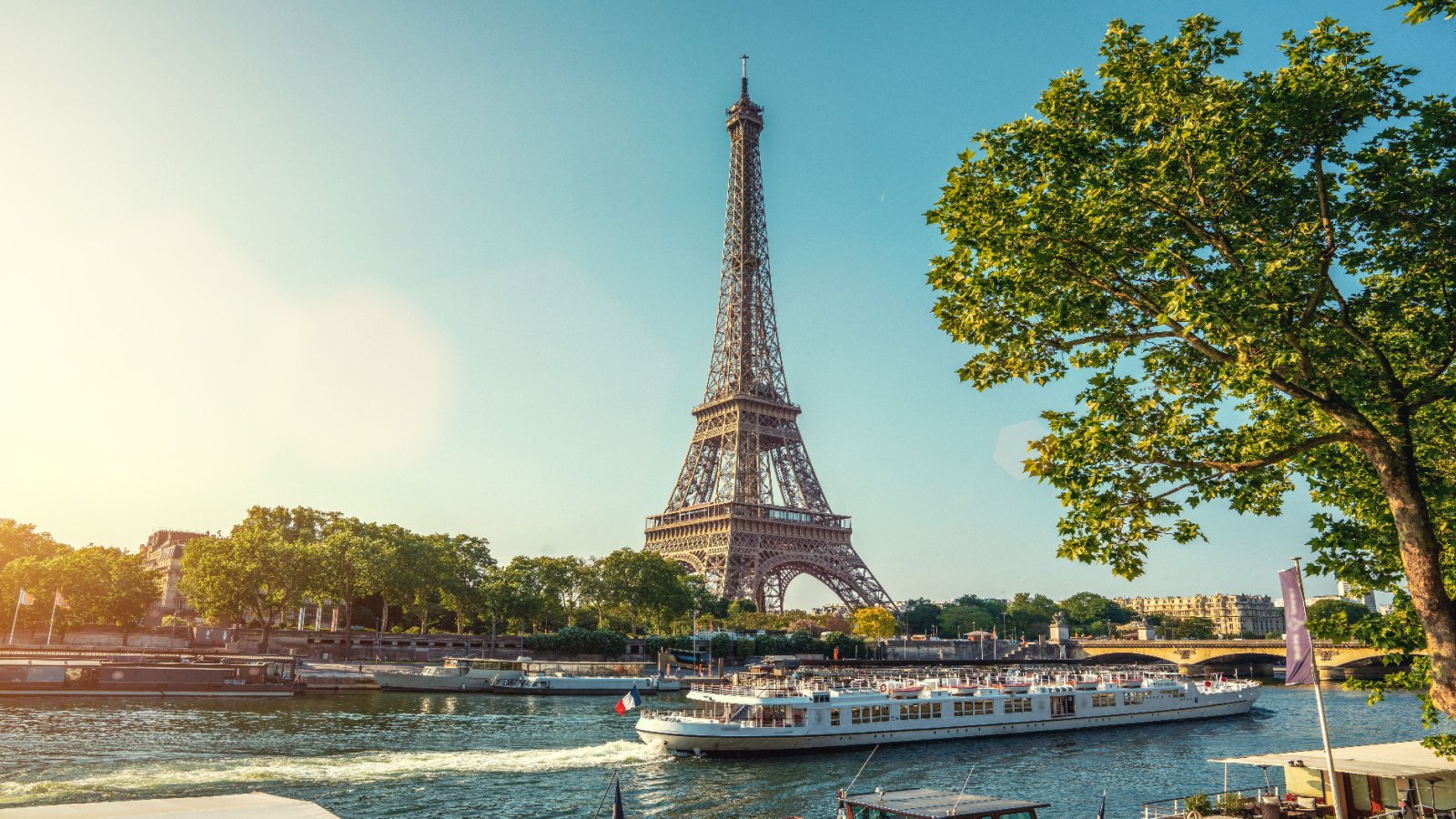
Starting in 1789, the French Revolution radically transformed France from a monarchy to a republic. The revolutionaries fought for liberty, equality, and fraternity, challenging the traditional social and political order. The French Revolution had a profound impact on the history of democracy. It remains a pivotal example of the power of the people to instigate radical change.
The Civil Rights Movement in the United States

The Civil Rights Movement, spanning the 1950s and 1960s, sought to end racial segregation and discrimination against African Americans. Leaders like Martin Luther King Jr. and events like the Selma to Montgomery marches were instrumental. This movement led to landmark legislation like the Civil Rights Act of 1964. “The Civil Rights Movement reshaped America’s social fabric,” notes scholar T. Johnson.
The Green Movement in Iran
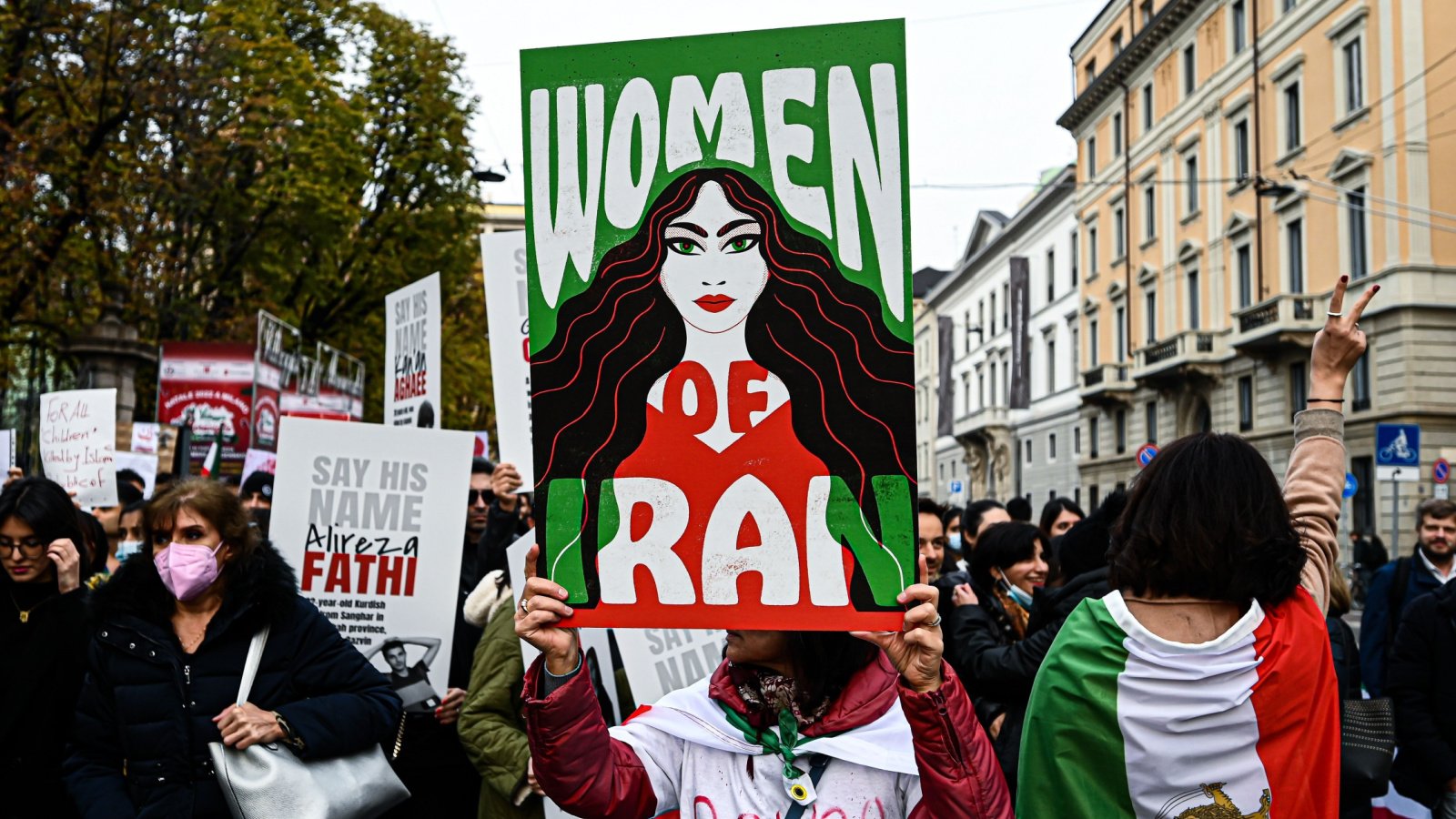
In 2009, Iran’s Green Movement emerged following the disputed presidential election. Millions of Iranians protested against what they believed was a rigged election. The movement represented a significant challenge to the Iranian regime. The Green Movement demonstrated the Iranian people’s desire for democratic reform and respect for human rights.






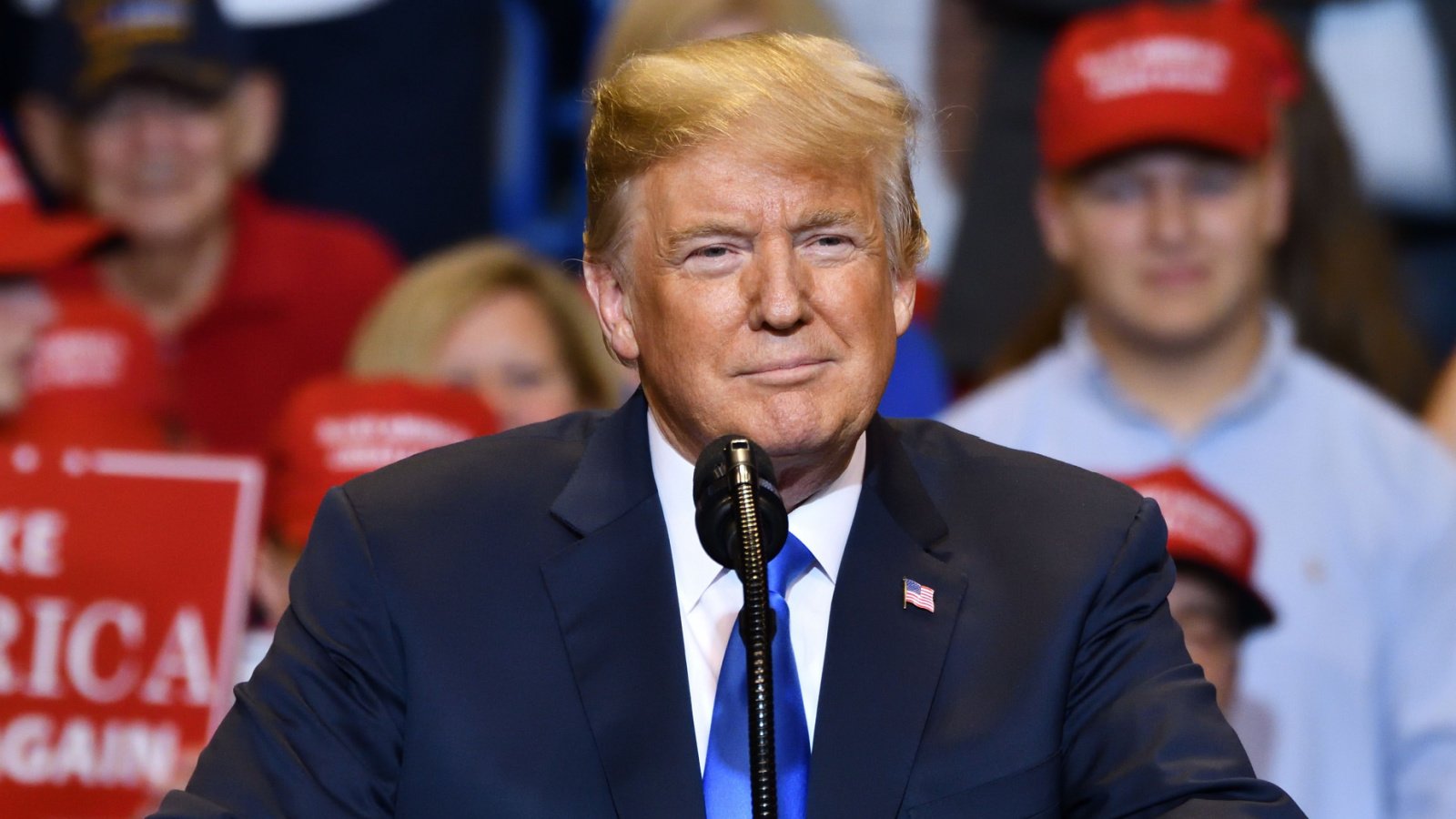
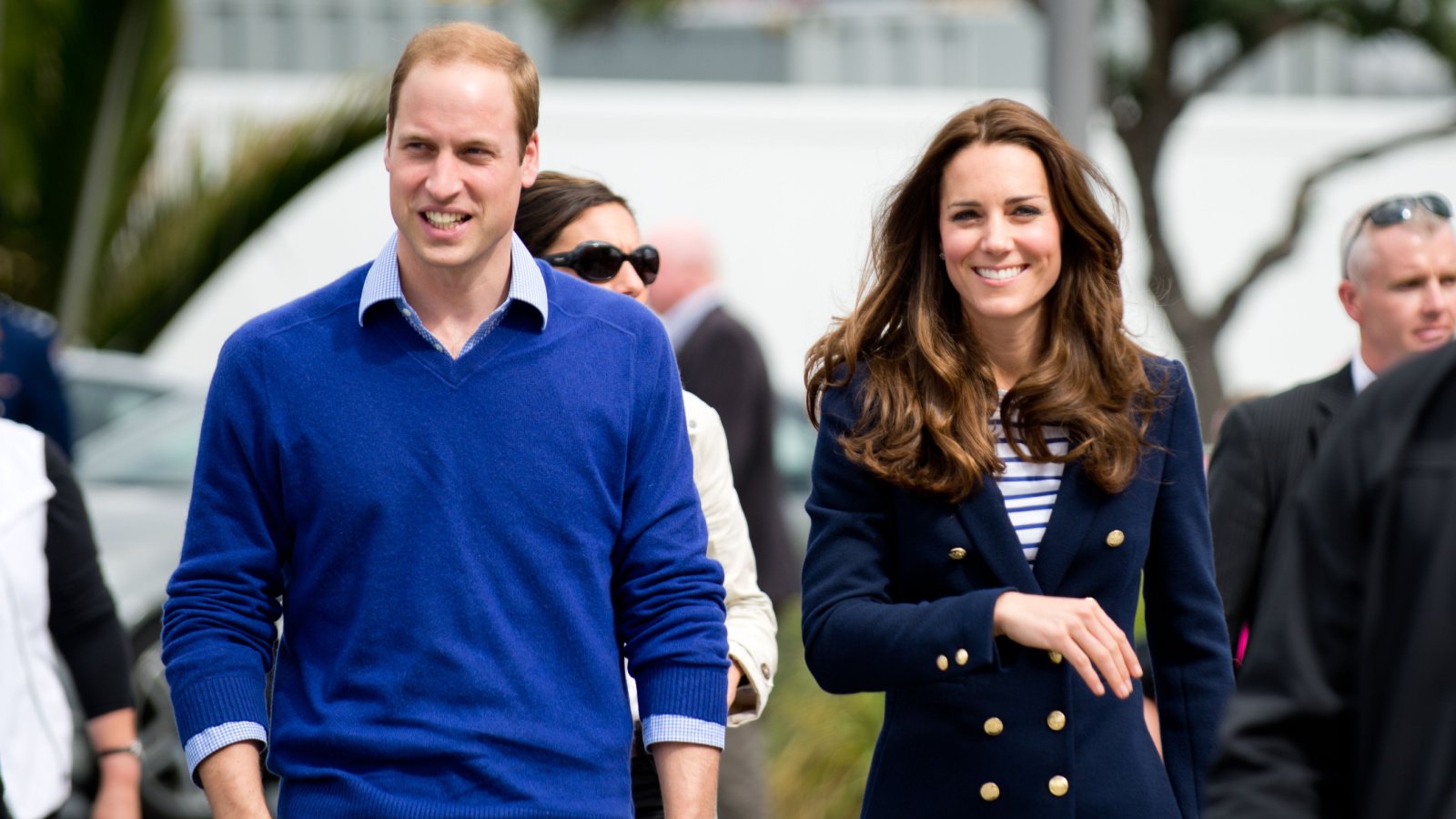
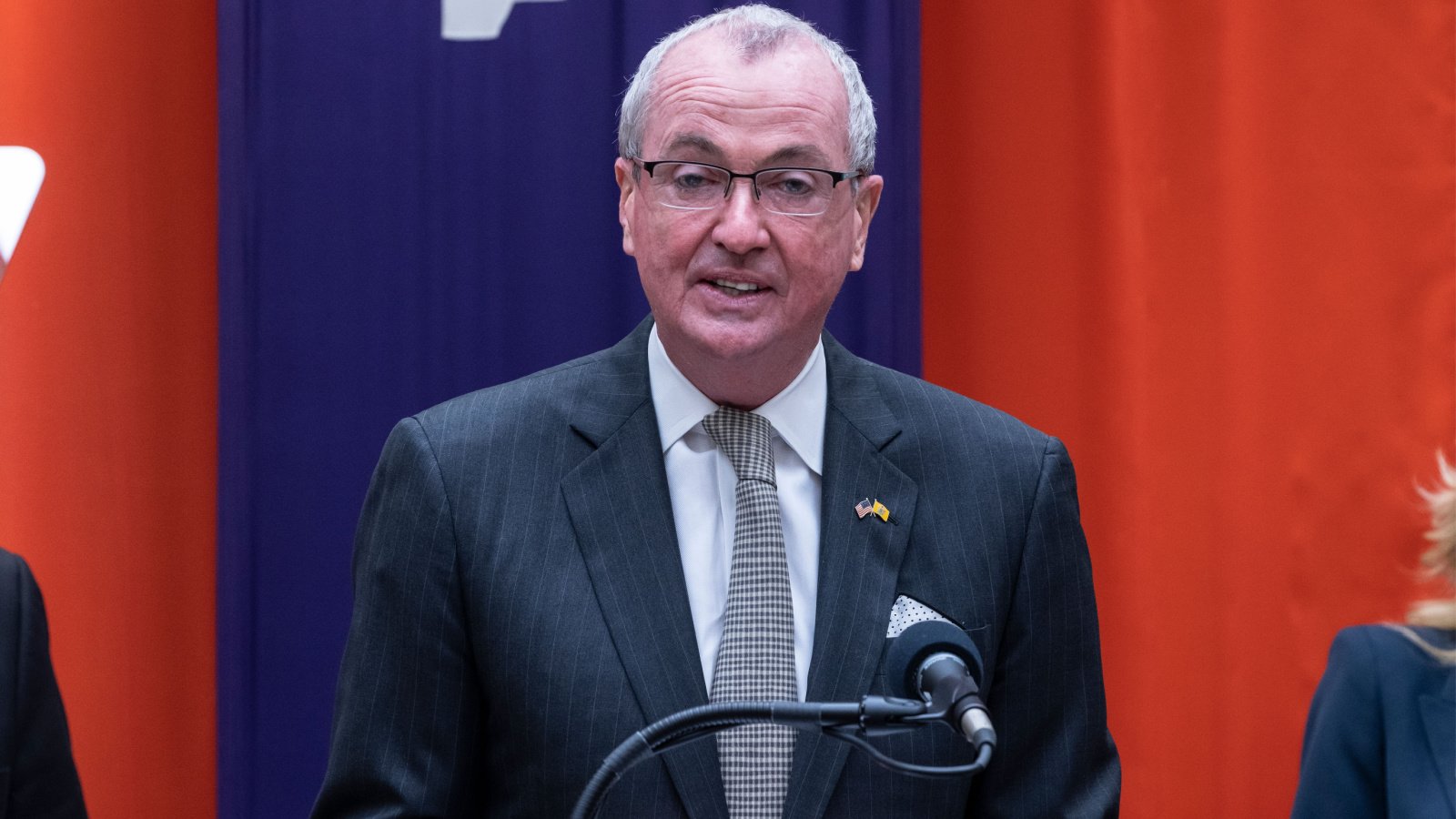
好文!2026年世界杯越来越近了,让我们共同期待这场全球足球盛宴。日期:2025-11-15 08:35:47 (-03)。